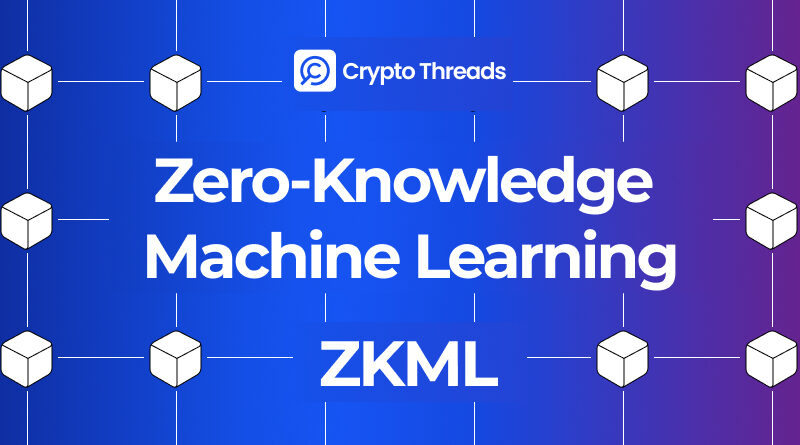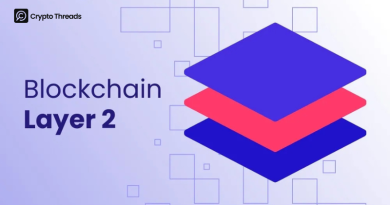Ensuring AI Integrity with Zero-Knowledge Machine Learning
As machine learning (ML) and artificial intelligence (AI) become more prevalent in our daily lives, it is crucial to guarantee the authenticity and integrity of models. Zero knowledge (ZK) proofs are relevant in this situation.
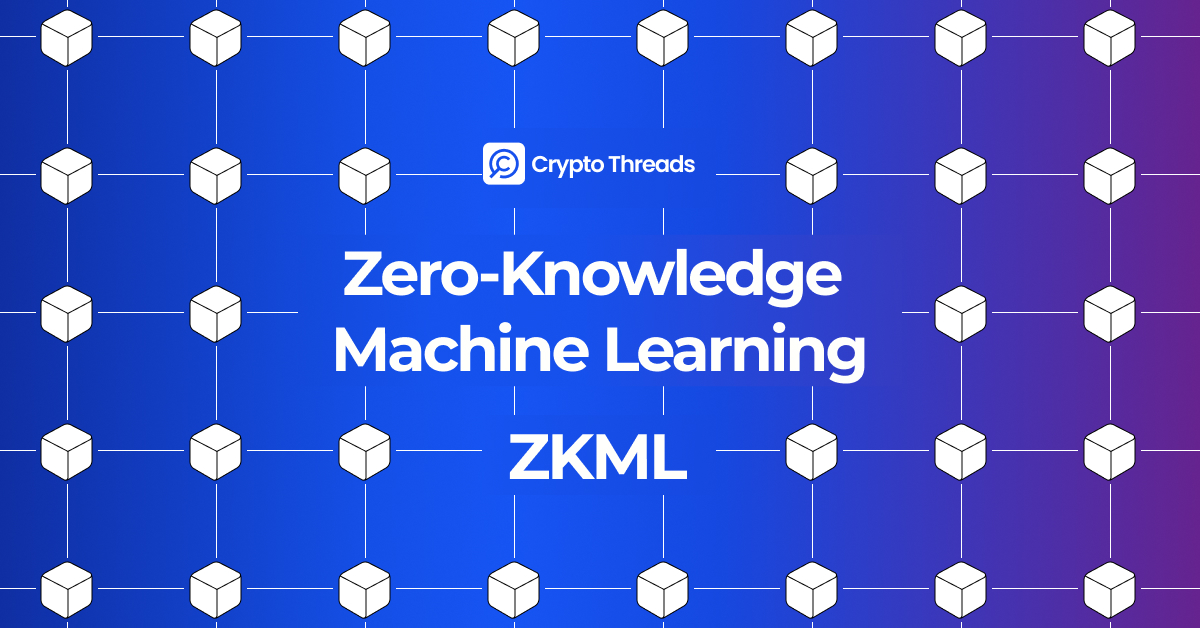
What is Zero Knowledge Machine Learning (ZKML)?
With ZK proofs, a party can demonstrate that they did a computation correctly without disclosing any information or asking a verifier to do the calculations again. Theoretically, this rule—known as brevity—forms a sudoku puzzle, where it is challenging to solve but very simple to verify the finished solution.
This feature is especially useful for calculations performed off-chain to avoid clogging up the blockchain network and incurring high transaction costs. Because blockchains have strict computational costs—in which every node must verify each block—ZK proofs allow these off-chain operations to be validated without overloading the network.
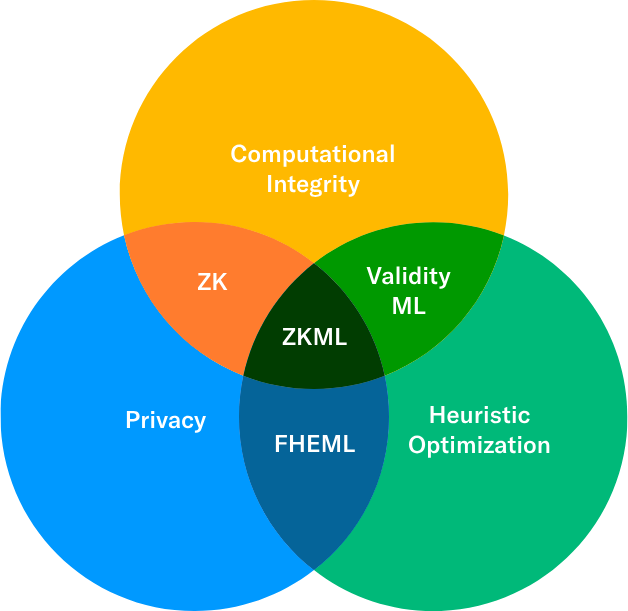
An introduction to zero-knowledge machine learning (ZKML)
Zero-knowledge machine learning (ZKML) uses this cryptographic process to validate ML models and their outputs while maintaining the privacy of the inputs. It bridges the gap between the computational demands of AI and the security guarantees of blockchains so that AI can scale safely and economically.
Verifying ML Models Using ZK Proofs
To replicate human-like decision making, a form of AI known as machine learning needs a great deal of processing power and additional data. ML models are transforming a wide range of businesses, including predictive analytics and image feedback. However, because implementing these functions on-chain can be expensive, their interactions with blockchain technology must be carefully calibrated as they become more complex and resource-intensive.
We need a provable way to verify that AI models are authentic and unmodified. For users interacting with AI like ChatGPT, small technical errors in these conversations may not bother users due to the informal nature of the exchange. But in areas like finance and healthcare, trust in AI is critical — such mistakes can have widespread economic and social consequences.

The Future of ZKML in Web3
ZK proofs are one such technology that can mitigate the risks mentioned above. By enabling off-chain ML computation while maintaining on-chain verification, they create a new path for deploying AI in the blockchain ecosystem.
Establishing Trust in AI
With this, as artificial intelligence increasingly dominates critical components of human behavior, fears of manipulation, adversarial attacks, and data integrity are on the rise. AI models – especially those responsible for high-risk decisions – must be protected from potential exploits and the risk of compromising their outputs.
Not just AI safety in the sense of avoiding AI fraud, but also a trustless environment where one can verify whether a model was actually trained. As AI models rapidly evolve, the need for authentication mechanisms becomes more important as the threat of model tampering increases.
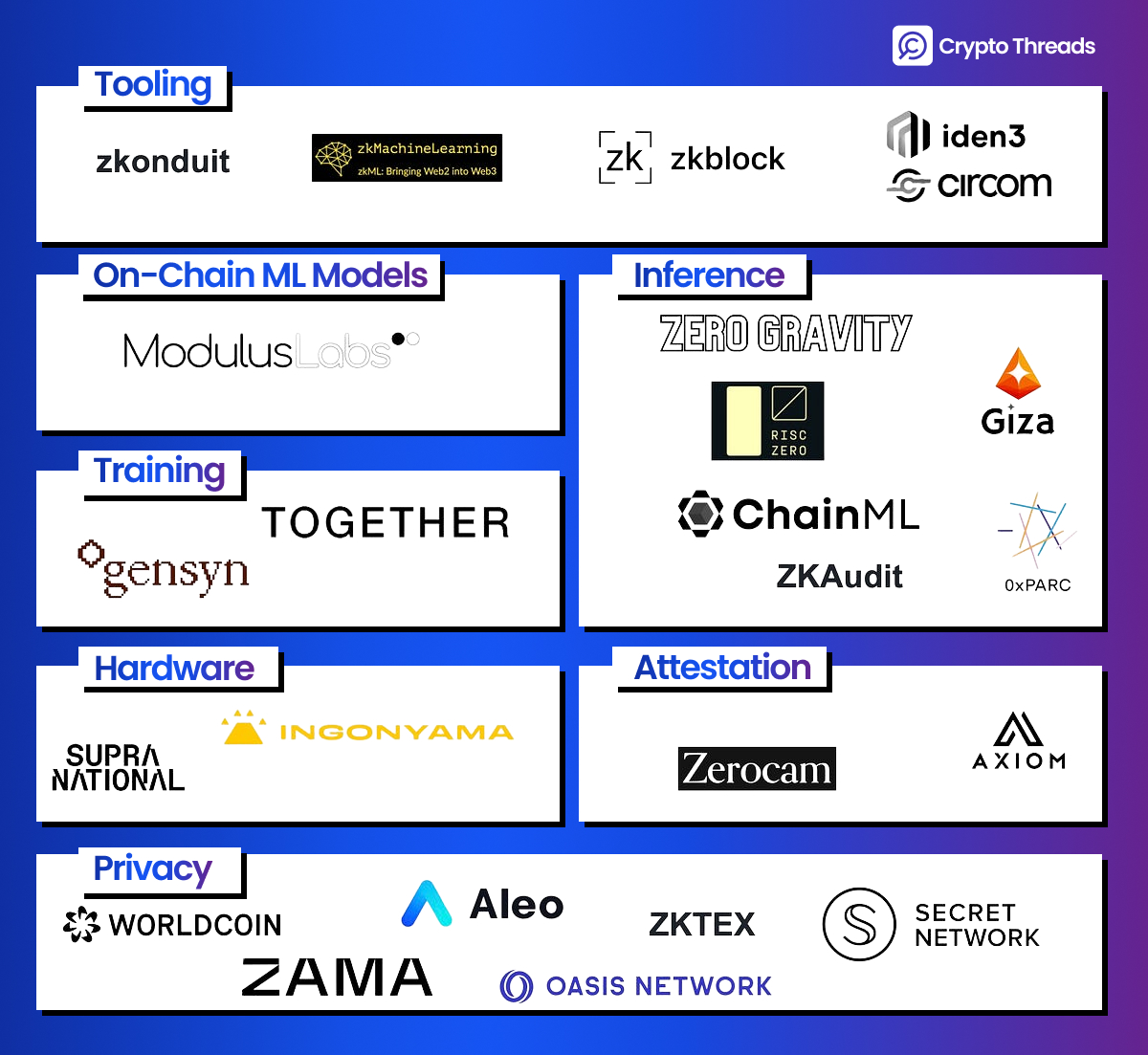
ZKML Projects Exploring the Space
By incorporating zero-knowledge cryptography into AI, we enable a more secure digital ecosystem. Similar to how an SSL certificate or security badge on a website creates trust, a seal of approval or other standard AI verification can validate that an AI model is exactly who or what it claims to be, giving users peace of mind that it does what it says it will do.
Practical Applications of ZKML
Application Example — Decentralized Finance (DeFi): AI for liquidity pools helps optimize returns through strategic asset rebalancing and trading. It enables off-chain computation, and ZK validates that the AI is correct and that there is no manipulation or unauthorized trading when using ZKML. Furthermore, ZK ensures that user transaction data is private even if the ML-powered strategies are open source.
Identity Verification — Services like World ID and other identity-based projects can leverage ZKML to authenticate users without revealing their identities. For example, zero-knowledge proofs can prove that a scan from your iris, for example, has been run through a specific AI model and then cross-verify that interaction via a smart contract.
Healthcare: ZKML allows medical facilities and research centers to train machine learning models on private patient data without sacrificing privacy. The network’s nodes (hospitals, clinics, etc.) can produce a zero-knowledge proof to verify that an AI model and the data it has processed adhere to integrity criteria, ensuring the safety and morality of AI-based healthcare solutions.
As AI continues to drive technological advances, the challenge of distinguishing authentic models from compromised models becomes increasingly important.
